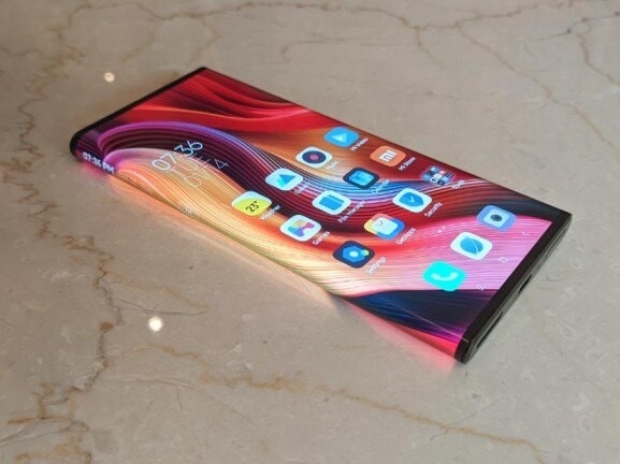According to Techpowerup, Micron's LPDDR5 DRAM has superior power efficiency and faster data access speeds to meet growing consumer demand for artificial intelligence (AI) and 5G functionality in smartphones.
Micron's senior vice president and general manager of the Mobile Business Unit Raj Talluri said: "Micron's leadership in delivering the industry's first low-power DDR5 DRAM for use in a smartphone will accelerate enablement of 5G and AI applications. Our customers and partners require next-generation memory solutions, based on the latest process technology, that drive unmatched power and performance to support 5G and AI systems. Micron's LPDDR5 DRAM addresses those requirements with a 50 per cent increase in data access speeds and more than 20 per cent power efficiency compared to previous generations."
Chang Cheng, vice president at Xiaomi said: "Micron's LPDDR5 DRAM market-leading features ensure our Xiaomi Mi 10 smartphone will remain power-efficient while still offering incredible performance and greater stability. We believe LPDDR5 will be the standard configuration for all flagship devices in 2020."
Micron designed LPDDR5 DRAM to address the growing demand for higher memory performance and lower energy consumption across a wide array of markets, including automotive, client PCs and networking systems built for 5G and AI applications. LPDDR5 can provide more than a 20 per cent reduction in power use compared to LPDDR4x memory.
The LPDDR5 memory is designed to meet the demands of 5G networks, which will start deploying globally at scale in 2020. Micron LPDDR5 allows 5G smartphones to process data at peak speeds of up to 6.4 Gbps.
Micron is shipping LPDDR5 to customers in capacities of 6GB, 8GB and 12GB and at data speeds of 5.5 Gbps and 6.4 Gbps. In the first half of 2020, LPDDR5 will also be available in a UFS-based multi-chip package (uMCP5) for use in mid- and high-tier smartphones. The LPDDR5 in a multi-chip package will also provide longer battery life and higher bandwidth to enable high-performance image processing that was previously reserved for flagship smartphones.




